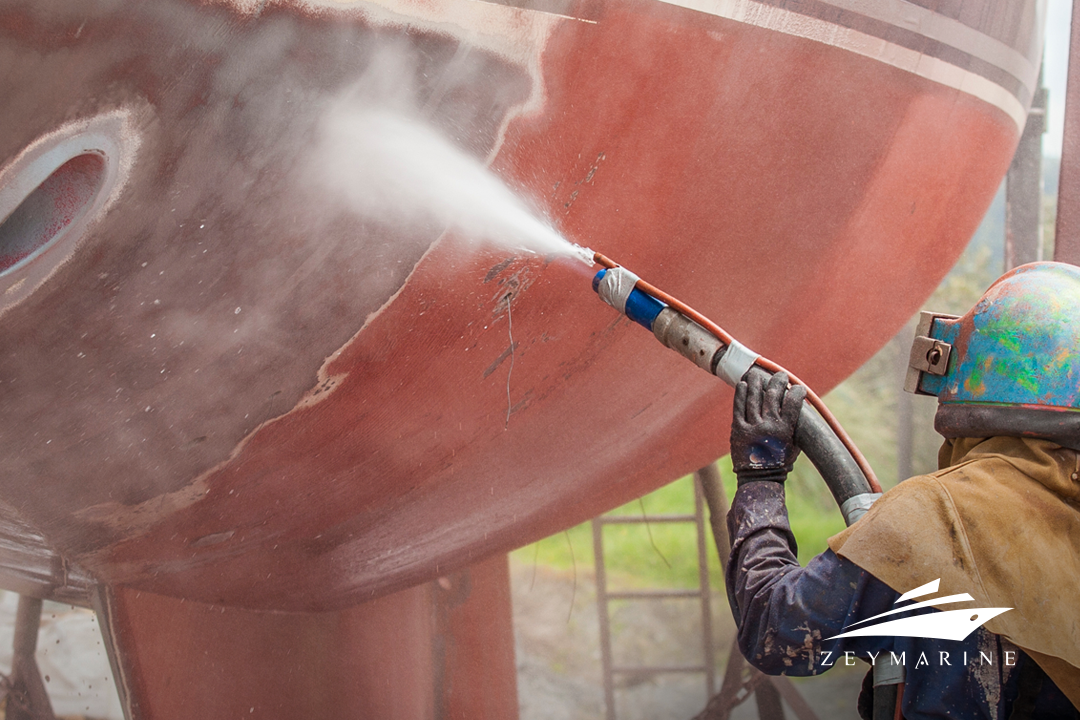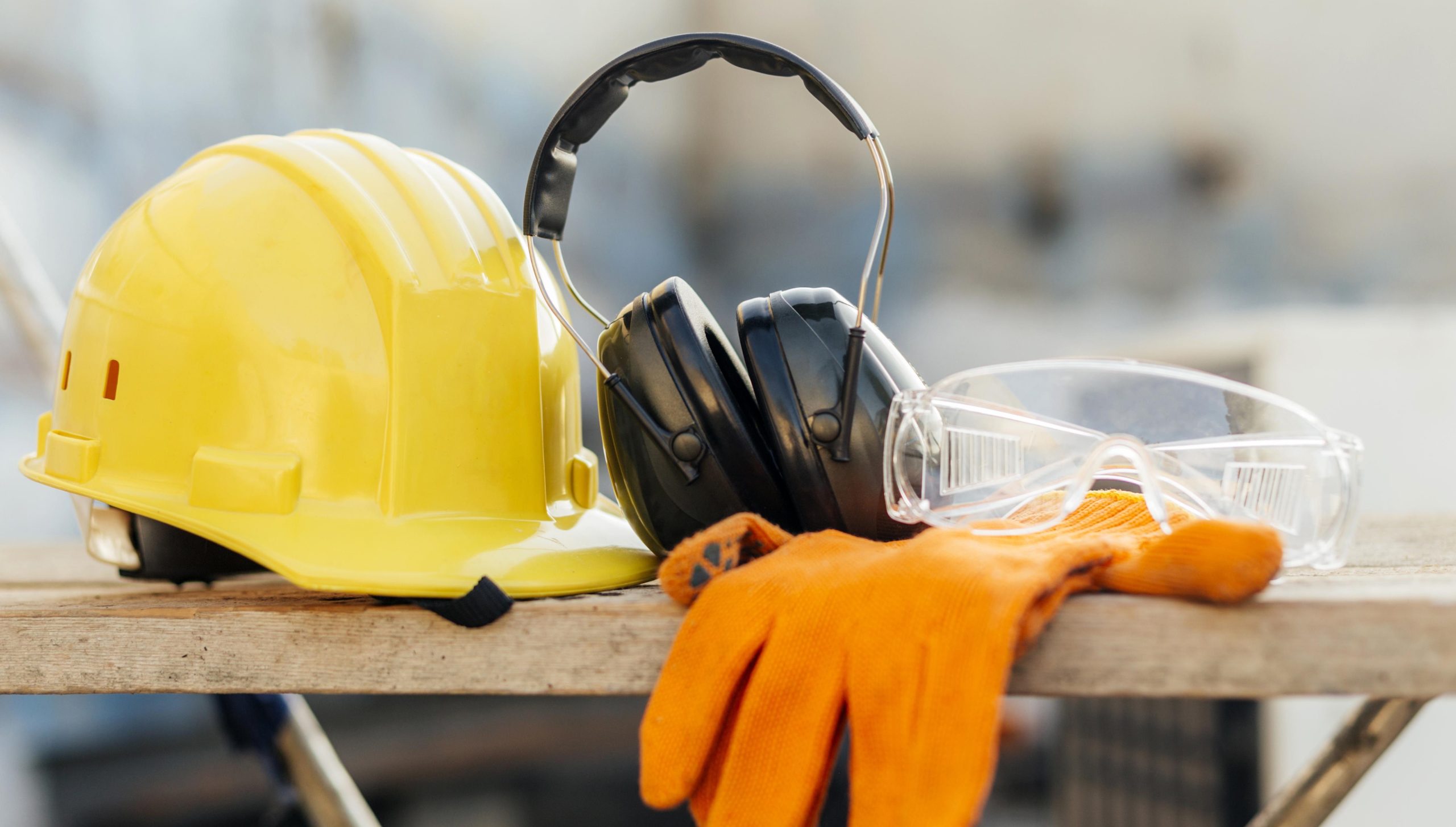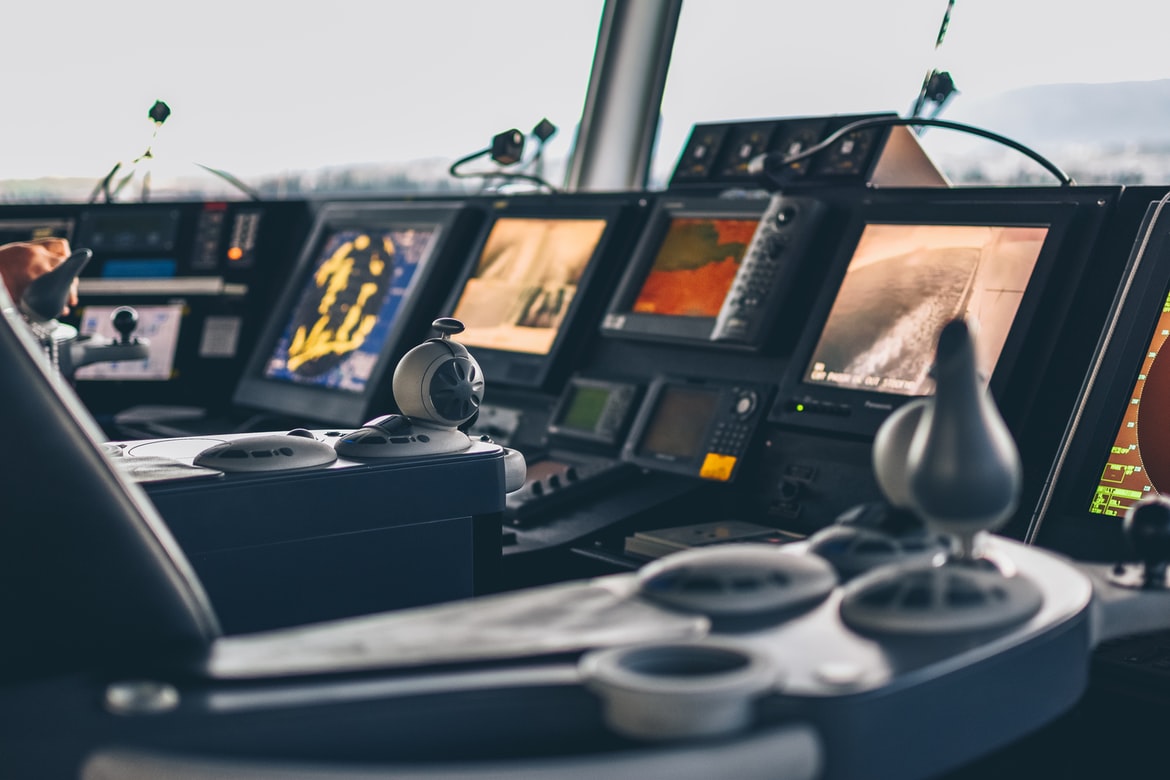The sun was low in the sky, its light casting long shadows on the deck as the ship nosed its way into the open sea. The port previously fell away behind them, a land of heat and dust and stories whispered in the dark. Its coast stretched ahead, a far-off promise of leisure and celebration, whitewashed cottages perched on cliffs and the aroma of orange blossoms wafting through the air.
The life of a seafarer is a wavy adventure novel. Today, we celebrate Seafarer Day and pay homage.
Day of the Seafarer and Social Media
The high seas used to be an idyllic getaway for sailors, a huge area of isolation and salt spray where letters brought by parrots and messages in bottles served as the sole means of connection with the outside world. As we celebrate World Seafarer Day 2024, giving the message of seafarers fighting the waves in a different world, in a different medium.
The maritime industry has seen change as a result of social media. The vessel is now a floating centre of communication, with Facebook updates and Instagram stories flowing in unison with the tide. These platforms are like a lifeline, a digital bridge that connects the men and women who spend months away from home and alone with their families and friends. Seafarers may communicate with loved ones, share their adventures, and keep their lives somewhat normal even when thousands of miles separate them with just a few touches.
Social networking has several advantages over disadvantages. Social media has emerged as a vital resource for the mental health of seafarers, providing communities and support systems that are aware of the particular difficulties associated with living at sea.
These days, training courses cover topics like social media responsibility and cyber hygiene. Ships are cyber-fortresses as well as physical fortifications against the weather. For today’s sailors, knowing how to properly navigate both the water and the internet is essential.
This year’s theme, created by the International Maritime Organization, is #SafetyTipsAtSea. IMO aims to encourage seafarers to share tips and pictures for better safety. Hopefully, Social media platforms will become more beneficial with hashtags.
#SafetyTipsAtSea
The hashtag #SafetyTipsAtSea potentially can involve a modern mariner’s lifeline during a storm. It makes sense that the discussion about safety has migrated to social media in an age where a single tweet has the power to launch a thousand ships—or at the very least, educate their crew. This digital campaign is less about business compliance and more about sincere advice on protecting life offered by people with direct experience with Poseidon’s domain’s dangers.
It’s not only about the ostentatious side of safety with #SafetyTipsAtSea. Creating a culture where exercising caution is a way of life rather than a duty is the goal. For example, debates about the newest developments in life-saving technology, such as AI-driven navigation systems that can anticipate weather patterns may generate interest in forums not just on Instagram but also on Quora.
Let’s contribute to the discussion and the hashtag, and talk about how we can contribute to safety at sea.
First and foremost, every crew member must maintain constant watchfulness. Being vigilant can aid in averting an issue before it escalates into a crisis. The responsible personnel are required to keep an eye on the ship’s restricted regions frequently.
Seafarers must make certain that the ship is equipped with the necessary communication tools and equipment and that it is operating at peak efficiency. Ships may easily become targets for security threats if systems malfunction or have flaws that are not detected and fixed promptly. It is crucial to regularly assess the security equipment as a result.
Technology for Safer Life at Sea
AI and machine learning are finding their way into marine safety, using massive data analysis to detect possible threats. Yet, so far, technology has shown its effect on safety.
The majority of ships in use today have Electronic Chart Display and Information Systems (ECDIS) and GPS installed, which provide real-time data on the position, movement, and surroundings of the ship. Safer and more efficient travel is made possible by these devices, which also improve situational awareness and decrease human error
For the oceans, the Automatic Identification System (AIS) functions similarly to air traffic control. Through this technology, other vessels and coastal authorities may get real-time information on a ship’s position, speed, and trajectory. Search and Rescue Transponders (SARTs) and Emergency Position Indicating Radio Beacons (EPIRBs) are essential for distress signals, guaranteeing that assistance is always available.
Cybersecurity is crucial as cyber dangers are just as serious as pirates ever were. To defend against cyberattacks, ships are now outfitted with strong firewalls, encryption, and intrusion detection systems.










